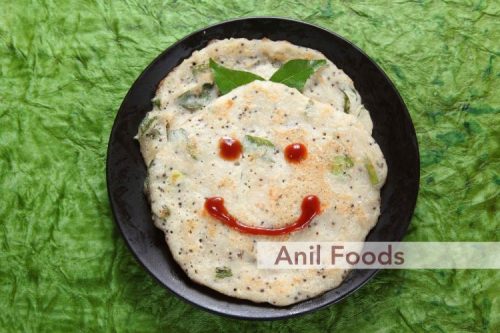Kodo millet or Varagu is one of the ancient grains of the world that originated from Africa and domesticated in India a few thousand years ago. It is a nutritious grain that is widely distributed in damp habitats across the tropics and subtropics of the world. In India, Kodo millet is grown mostly in UP, Gujarat, Karnataka, parts of Tamil Nadu, parts of Maharashtra, Odisha, West Bengal, Rajasthan, Uttar Pradesh and foothills of Himalayas.
The Kodo millet is also known as cow grass, rice grass, ditch millet, or Indian Crown Grass. It is called Kodo in Bengali, Kodra in Gujarati, Punjabi and Marathi, Kodri in Hindi, Harka in Kannada, Kodua in Oriya, Varagu in Tamil, Arikelu, Arika in Telugu and Koovaragu in Malayalam.
Nutritional Benefits of Varagu
This cereal also known as Varagu forms the main stay of the dietary nutritional requirements. It has a high protein content (11%), low fat (4.2%), 65 g of carbohydrates, 5.2g of fibre, B Vitamins especially niacin, B6 and 23.1g of folic acid and minerals such as calcium, iron, potassium, magnesium, and zinc.
Varagu is also rich in anti-oxidants polyphenols, an antioxidant compound, tannins, phosphorous and phytic acids. Its antioxidant potential is much higher than any other millet and major cereals. The phosphorus content is lower in Kodo millet in comparison to other millets.
Varagu is a good substitute to rice or wheat. The protein, fibre, and mineral content are much higher than the major cereals like rice. It can be cooked just like rice or ground into flour. It provides balanced nutrition, unlike polished white rice.
Health Benefits of Varagu
It is easy to digest, contains a high amount of lecithin and is excellent for strengthening the nervous system. It is rich in photo chemicals, phytate that helps in reduction of cancer risks. It helps to reduce the body weight and beneficial for postmenopausal women. It is good for those suffering from signs of cardiovascular disease, like high blood pressure and high cholesterol levels. Also, it is good for diabetics, its anti – diabetic compounds like quercetin, ferulic acid, p – hydroxybenzoic acid, vanillic acid and syringic acid from Varagu prevents obesity. Kodo millets contain no gluten and are good for people who are gluten intolerant.
Culinary Uses of Varagu
In India, Millets are used for the preparation of several traditional as well as novel foods. Kodo millet is ground into flour and cooked to make a variety of tasty dishes. Kodo or Varagu millets are also blended with other cereal and legume flours to enhance the nutritional value, palatability, and functionality.
In tribal sectors, it is cooked as rice and with Varagu flour different dishes are prepared. It is gaining importance as a gluten-free food and is a component in multigrain gluten-free food products.
Varagu can be used in preparations of idly, dosa, chapattis, Upma, Pongal, Puttu, Idiyappam, Kozhukattai, Vadais, sweet Poli, biscuits, soup, Adai, Payasam, Cutlet, Bread, Cookie, and Laddoos. Kodo flour is also used to make murukkus, Adirasams, Vadagam, and Pakoda.




